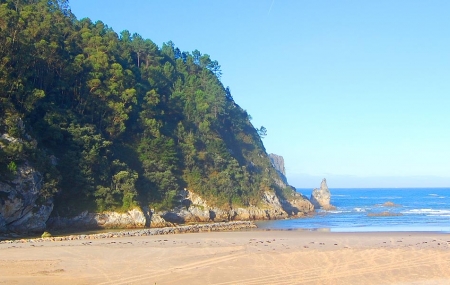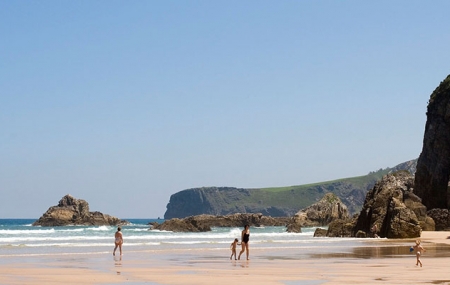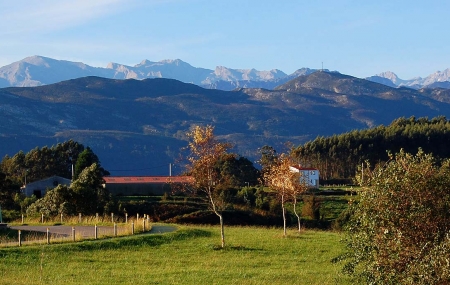Of cider and cheese
Ask a Spaniard what ideas spring to mind when you mention Asturias and they'll probably say: mountains… mountains and cider… green mountains and cider and cheese!
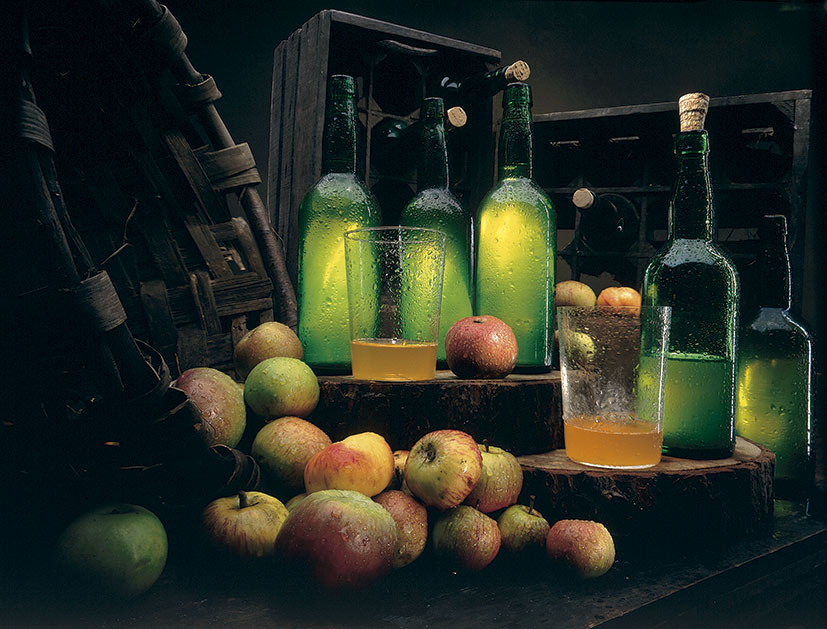
These emblematic items of food and drink help define both the region’s gastronomy and its where’s-the-rush?-sit-down-and-try-a-bit-of-this philosophy and lifestyle. Wallace and Gromit would feel quite at home.
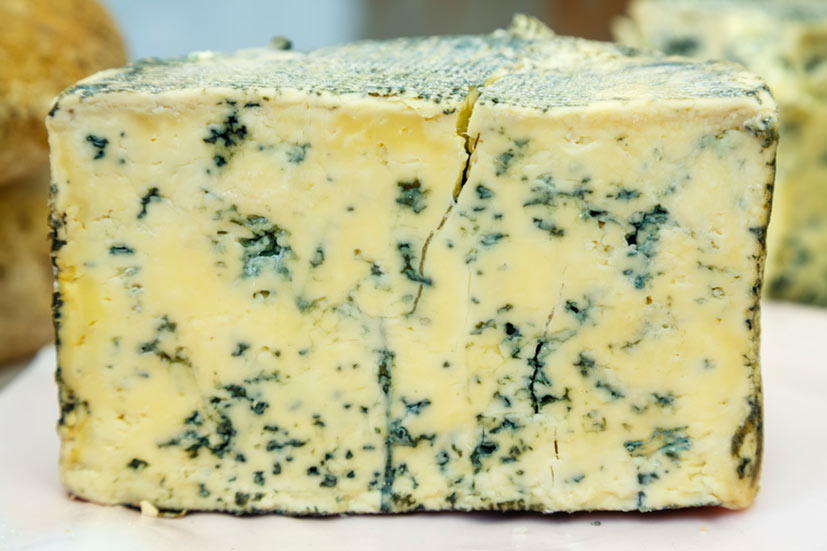
Asturian apple cider is relatively light on alcohol and large on refreshment. You will find people drinking it in bars and restaurants in preference to beer and to accompany meals. With the region’s Cabrales cheese it is considered to harmonize to perfection, the flavours working together in happy unison of cheesy provocation and tartly sweet, fermented apple juice.

Photo: Cabrales region, this is where Cabrales cheese is made, at the heart of Picos de Europa mountains.
Asturian cider and the cider ritual
There are sparkly, clear ciders produced for birthday and other celebrations, but what we are interested in here is sidra natural (natural cider), of the kind made by small operators who ferment their pressed apple mash in a natural process that involves no artificial additives.
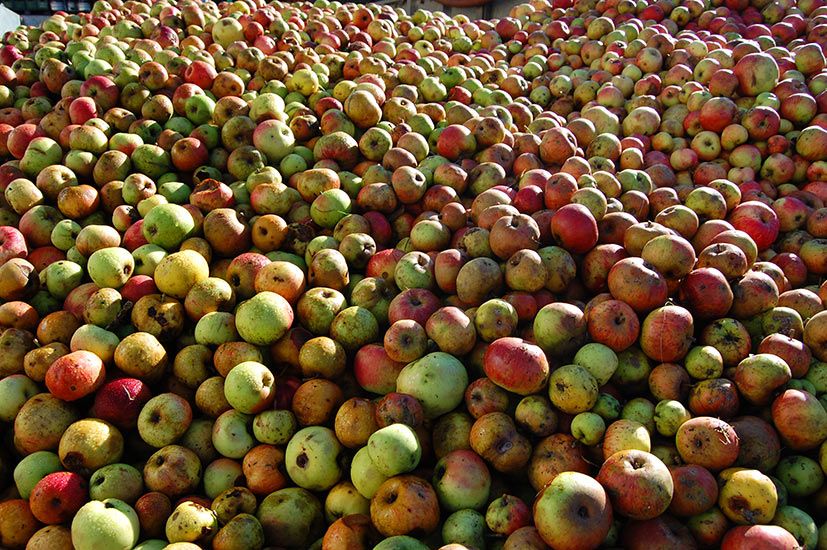
It is generally available at the region’s restaurants and bars and famously imbibed at specialized sidrerías (cider taverns), where it is sometimes served directly from the barrel. Asturians drink it all the time. Sidra natural is fruitily tart, ultimately dry, slightly cloudy, has no gas, and is drunk cool but not too cold.
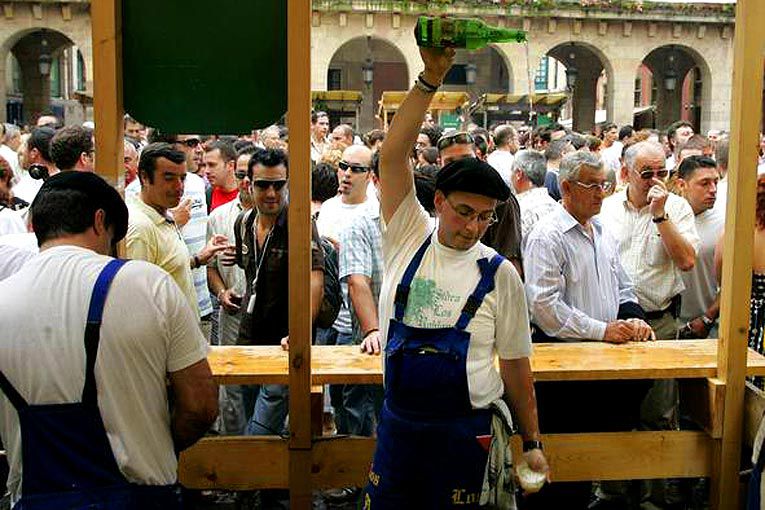
The respect reserved by Asturians for their sidra is evident in the social culture surrounding it and the adherence to a carefully observed ritual for its pouring. Unlike other ciders, this light-bodied, living brew requires a very particular pouring from bottle to glass to awaken its enlivening, enriching properties. Take a look at the picture!
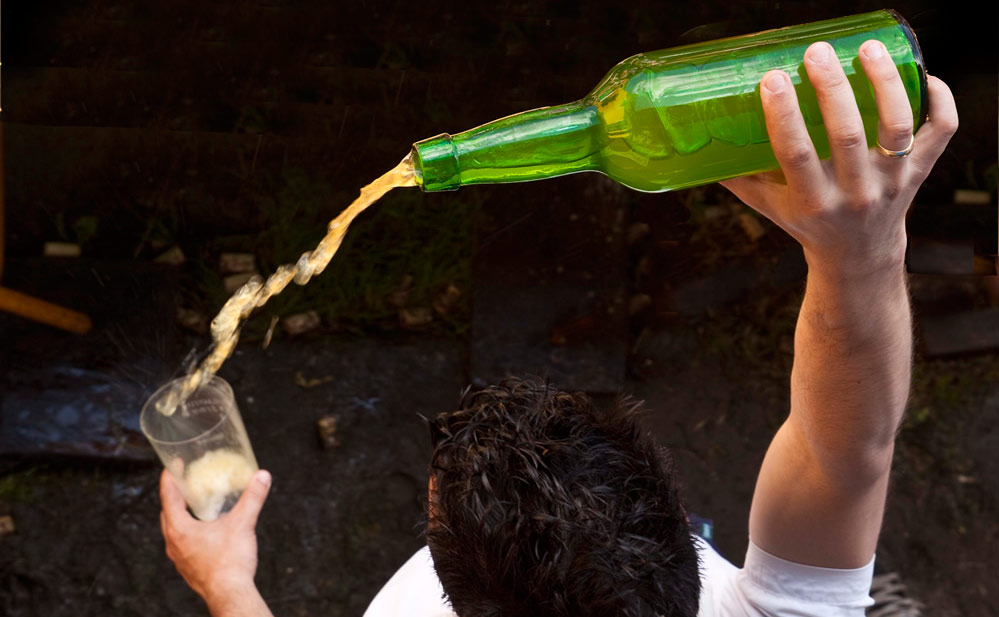
A typical Asturian fair will have its decanting contest for the most skilled and you can see why. To catch all the liquid in a glass from a great height is an art that requires some dedication, so if you’re worried that your attempt will end up in your boots, leave it to the waiter or waitress to do it for you.
It may look like nothing more than a curious and messy custom, but far from it. The controlled cascade is the crucial penultimate stage in the apple’s journey from tree to dry mouth via a cellarman’s press and knowledge and barrels. When it hits the glass, the qualities and flavours of the drink are liberated. Fail to execute the high pour, and the cider just won’t come out right. Once decanted from the green bottle, the cider is drunk straightaway. With that the ritual is complete. The waiter pours only a little, enough for one person to swig down, refilling the same glass for the next person. It’s a very social affair.
The popularity of this cider rests on its palatable good nature and living qualities and its universally low price.
It is always young; once a bottle of cider has spent a year on a shelf, it is considered to be old and past its best.
Enjoy it all you can while you’re there: they say the pouring ritual just doesn’t work outside Asturias and that the flavours are lost en route if you attempt to transport it elsewhere.
By the way, not every Asturian has as steady a hand as Fernando Alonso and you might fancy doing your own pouring when you see that some bars provide a bottleneck adaption (and a wooden bucket) to help keep the insides wet and the outsides dry. See photo below:
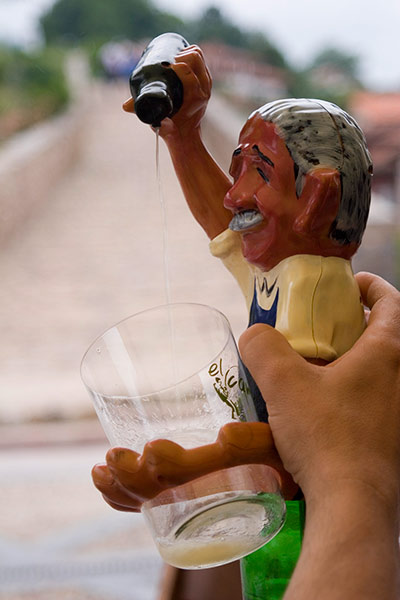
Asturian Cabrales Cheese
Local Cabrales cheese is the ideal complement to Asturian cider, its spicy creaminess seducing the cider’s thirst-quenching tang. Cabrales is a connoisseur’s cheese, blue like Gorgonzola, pungent (or is it pongy?) like Roquefort. It crumbles thick to offer a smooth, assertive, savoury chew.
Produced from milk (cow, ewe and goat) drawn exclusively from herds in the Cabrales district of Asturias, it is thickened with rennet before being laid to cure in humid, ventilated limestone caves. The altitude of the caves has to be right and they have to face north. Cheeses remain here for up to six months, during which time Penicillium moulds draw blue-green veins through the milky whiteness.

In addition to cider, Cabrales combines excellently with sweet sherry, fresh figs, red wine and cured sausage. And it melts piquantly over grilled or roasted meats. There over thirty cheeses registered in Asturias – give serious consideration to another three-milk variety called Gamonedo, lightly smoked before maturing and a flavoursome rival – but Cabrales is the most distinctive and best known.
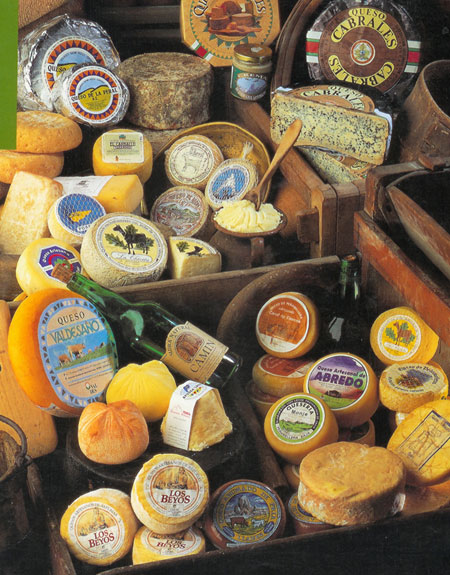
The local practice of wrapping the cheeses in moist maple leaves has recently fallen prey to EU directives and they are now sealed in metal foil with a Denomination of Origin stamp to guarantee authenticity.



